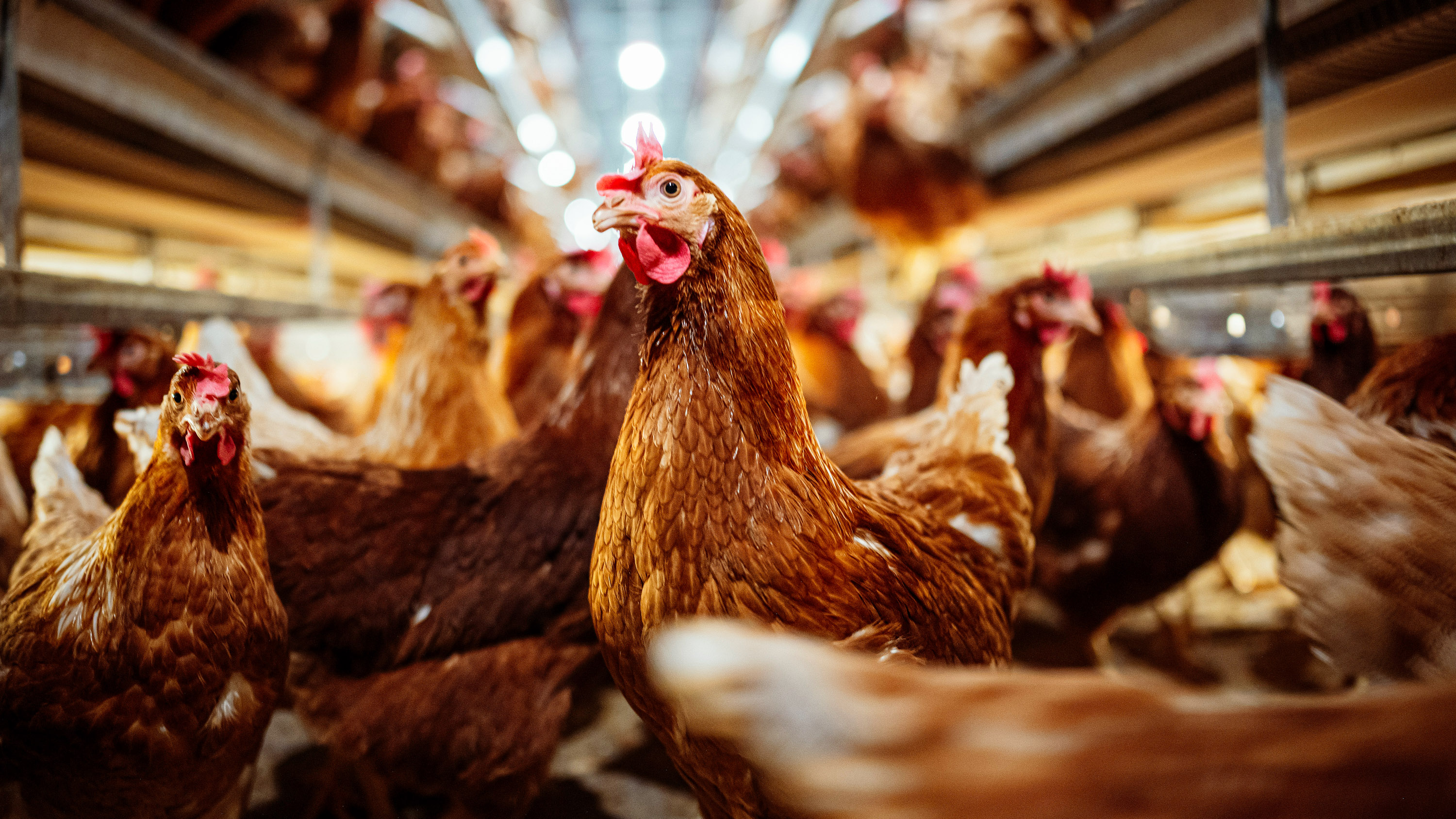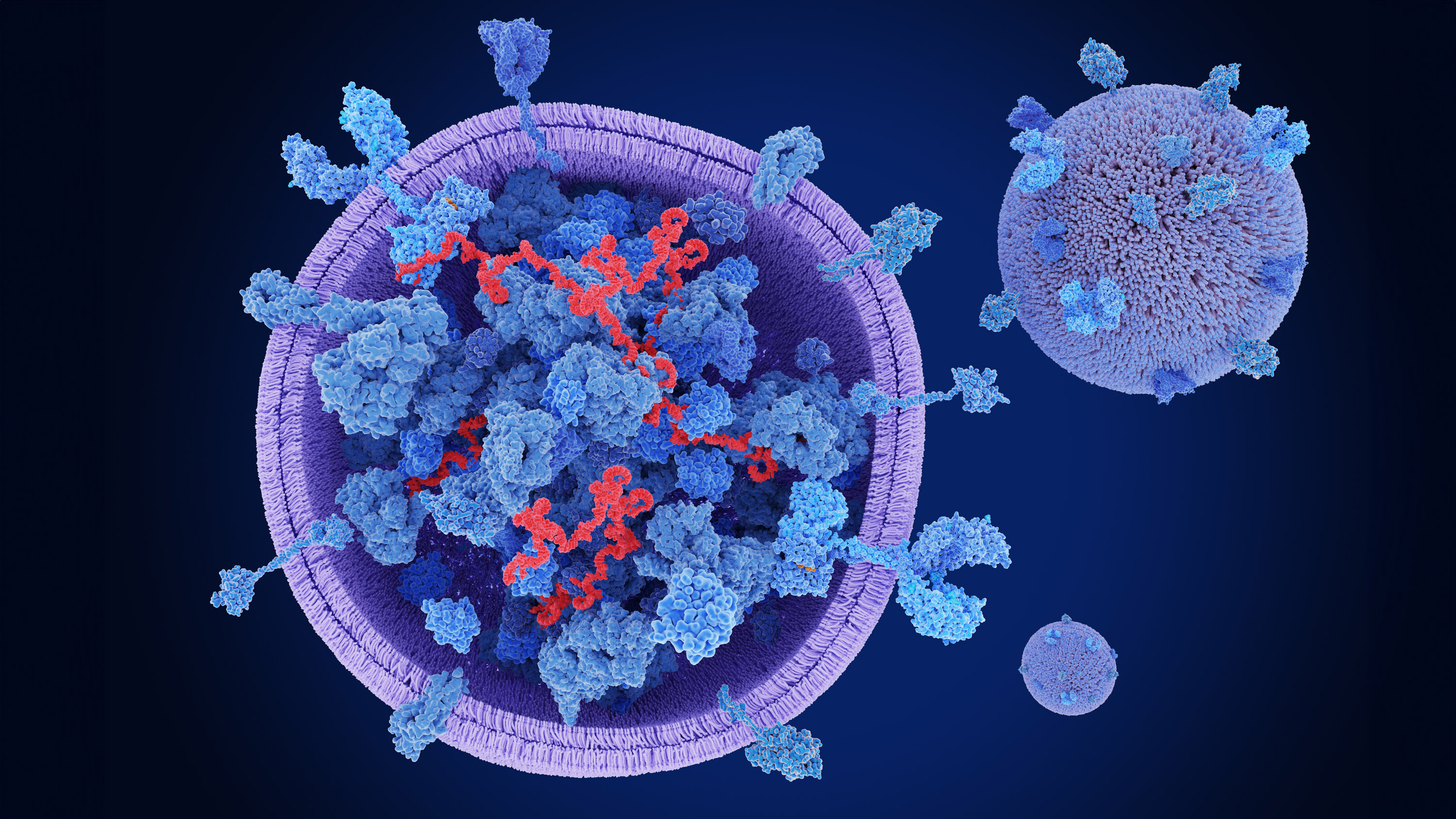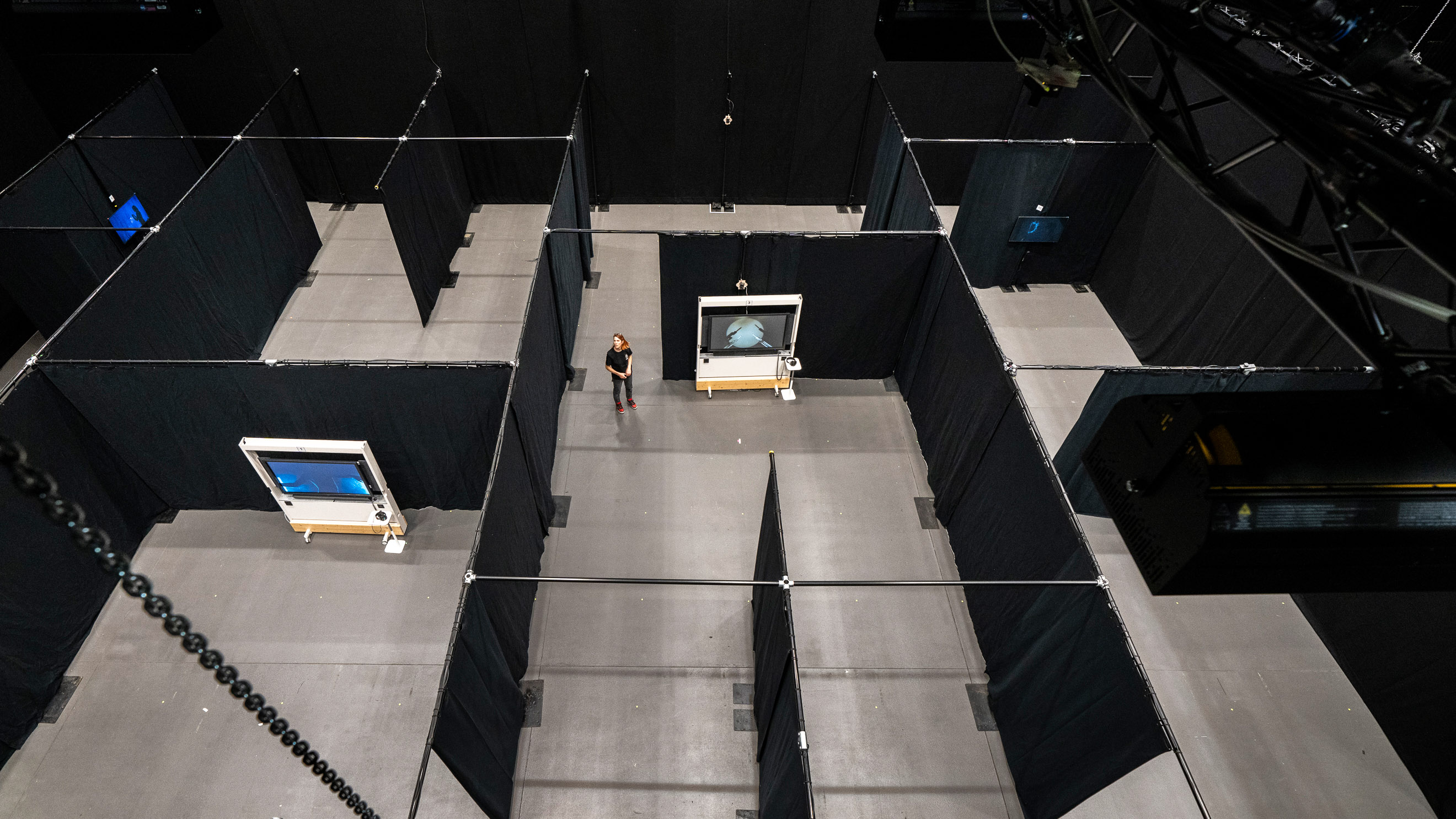Why virologists are getting increasingly nervous about bird flu
Avian flu in dairy cows could stick around on US farms forever, and is raising the risk of outbreaks in mammals—including humans—around the world.

Bird flu has been spreading in dairy cows in the US—and the scale of the spread is likely to be far worse than it looks. In addition, 14 human cases have been reported in the US since March. Both are worrying developments, say virologists, who fear that the country’s meager response to the virus is putting the entire world at risk of another pandemic.
The form of bird flu that has been spreading over the last few years has been responsible for the deaths of millions of birds and tens of thousands of marine and land mammals. But infections in dairy cattle, first reported back in March, brought us a step closer to human spread. Since then, the situation has only deteriorated. The virus appears to have passed from cattle to poultry on multiple occasions. “If that virus sustains in dairy cattle, they will have a problem in their poultry forever,” says Thomas Peacock, a virologist at the Pirbright Institute in Woking, UK.
Worse, this form of bird flu that is now spreading among cattle could find its way back into migrating birds. It might have happened already. If that’s the case, we can expect these birds to take the virus around the world.
“It’s really troubling that we’re not doing enough right now,” says Seema Lakdawala, a virologist at the Emory University School of Medicine in Atlanta, Georgia. “I am normally very moderate in terms of my pandemic-scaredness, but the introduction of this virus into cattle is really troubling.”
Not just a flu for birds
Bird flu is so named because it spreads stably in birds. The type of H5N1 that has been decimating bird populations for the last few years was first discovered in the late 1990s. But in 2020, H5N1 began to circulate in Europe “in a big way,” says Peacock. The virus spread globally, via migrating ducks, geese, and other waterfowl. In a process that took months and years, the virus made it to the Americas, Africa, Asia, and eventually even Antarctica, where it was detected earlier this year.
And while many ducks and geese seem to be able to survive being infected with the virus, other bird species are much more vulnerable. H5N1 is especially deadly for chickens, for example—their heads swell, they struggle to breathe, and they experience extreme diarrhea. Seabirds like puffins and guillemots also seem to be especially susceptible to the virus, although it’s not clear why. Over the last few years, we’ve seen the worst ever outbreak of bird flu in birds. Millions of farmed birds have died, and an unknown number of wild birds—in the tens of thousands at the very least—have also succumbed. “We have no idea how many just fell into the sea and were never seen again,” says Peacock.
Alarmingly, animals that hunt and scavenge affected birds have also become infected with the virus. The list of affected mammals includes bears, foxes, skunks, otters, dolphins, whales, sea lions, and many more. Some of these animals appear to be able to pass the virus to other members of their species. In 2022, an outbreak of H5N1 in sea lions that started in Chile spread to Argentina and eventually to Uruguay and Brazil. At least 30,000 died. The sea lions may also have passed the virus to nearby elephant seals in Argentina, around 17,000 of which have succumbed to the virus.
This is bad news—not just for the affected animals, but for people, too. It’s not just a bird flu anymore. And when a virus can spread in other mammals, it’s a step closer to being able to spread in humans. That is even more likely when the virus spreads in an animal that people tend to spend a lot of time interacting with.
This is partly why the virus’s spread in dairy cattle is so troubling. The form of the virus that is spreading in cows is slightly different from the one that had been circulating in migrating birds, says Lakdawala. The mutations in this virus have likely enabled it to spread more easily among the animals.
Evidence suggests that the virus is spreading through the use of shared milking machinery within cattle herds. Infected milk can contaminate the equipment, allowing the virus to infect the udder of another cow. The virus is also spreading between herds, possibly by hitching a ride on people that work on multiple farms, or via other animals, or potentially via airborne droplets.
Milk from infected cows can look thickened and yogurt-like, and farmers tend to pour it down drains. This ends up irrigating farms, says Lakdawala. “Unless the virus is inactivated, it just remains infectious in the environment,” she says. Other animals could be exposed to the virus this way.
Hidden infections
So far, 14 states have reported a total of 208 infected cattle herds. Some states have reported only one or two cases among their cattle. But this is extremely unlikely to represent the full picture, given how rapidly the virus is spreading among herds in states that are doing more testing, says Peacock. In Colorado, where state-licensed dairy farms that sell pasteurized milk are required to submit milk samples for weekly testing, 64 herds have been reported to be affected. Neighboring Wyoming, which does not have the same requirements, has reported only one affected herd.
We don’t have a good idea of how many people have been infected either, says Lakdawala. The official count from the CDC is 14 people since April 2024, but testing is not routine, and because symptoms are currently fairly mild in people, we’re likely to be missing a lot of cases.
“It’s very frustrating, because there are just huge gaps in the data that’s coming out,” says Peacock. “I don’t think it’s unfair to say that a lot of outside observers don’t think this outbreak is being taken particularly seriously.”
And the virus is already spreading from cows back into wild birds and poultry, says Lakdawala: “There is definitely a concern that the virus is going to [become more widespread] in birds and cattle … but also other animals that ruminate, like goats.”
It may already be too late to rid America’s cattle herds of the bird flu virus. If it continues to circulate, it could become stable in the population. This is what has happened with flu in pigs around the world. That could also spell disaster—not only would the virus represent a constant risk to humans and other animals that come into contact with the cows, but it could also evolve over time. We can’t predict how this evolution might take shape, but there’s a chance the result could be a form of the virus that is better at spreading in people or causing fatal infections.
So far, it is clear that the virus has mutated but hasn’t yet acquired any of these more dangerous mutations, says Michael Tisza, a bioinformatics scientist at Baylor College of Medicine in Houston. That being said, Tisza and his colleagues have been looking for the virus in wastewater from 10 cities in Texas—and they have found H5N1 in all of them.
Tisza and his colleagues don’t know where this virus is coming from—whether it’s coming from birds, milk, or infected people, for example. But the team didn’t find any signal of the virus in wastewater during 2022 or 2023, when there were outbreaks in migratory birds and poultry. “In 2024, it’s been a different story,” says Tisza. “We’ve seen it a lot.”
Together, the evidence that the virus is evolving and spreading among mammals, and specifically cattle, has put virologists on high alert. “This virus is not causing a human pandemic right now, which is great,” says Tisza. “But it is a virus of pandemic potential.”
Deep Dive
Biotechnology and health

Two Nobel Prize winners want to cancel their own CRISPR patents in Europe
There’s a surprise twist in the battle to control genome editing.

Space travel is dangerous. Could genetic testing and gene editing make it safer?
Astronauts and commercial space travelers are subject to damaging radiation and microgravity, along with other potential injuries. We need better ways to protect them.

How exosomes could become more than just an “anti-aging” fad
They might not make you beautiful, but research suggests exosomes might help us diagnose and treat diseases.

Neuroscientists and architects are using this enormous laboratory to make buildings better
Creating life-size simulations of the real world can reveal how we, and our minds, respond to the environments around us—and could shape the future of architecture.
Stay connected
Get the latest updates from
MIT Technology Review
Discover special offers, top stories, upcoming events, and more.